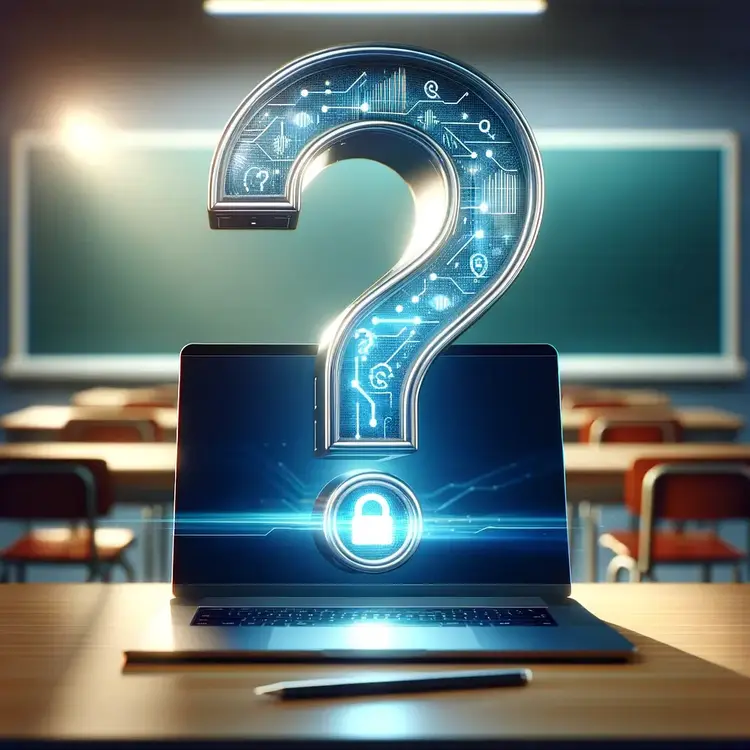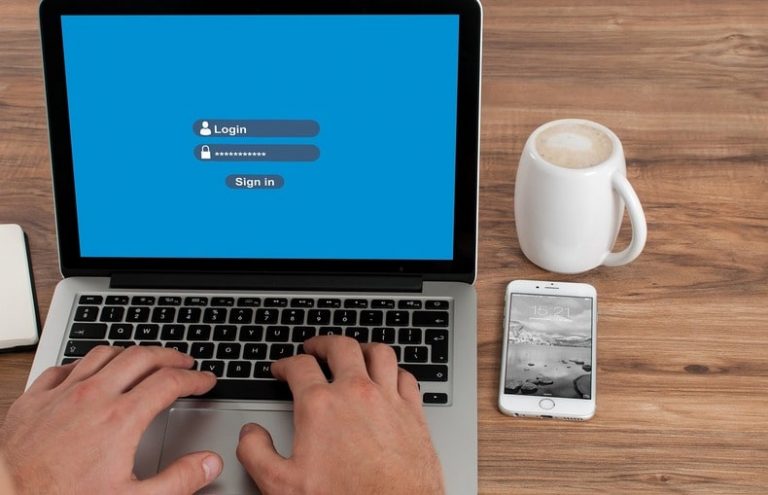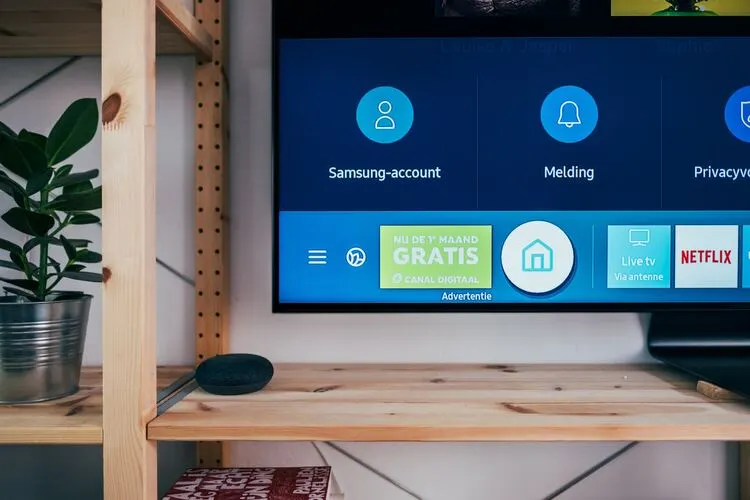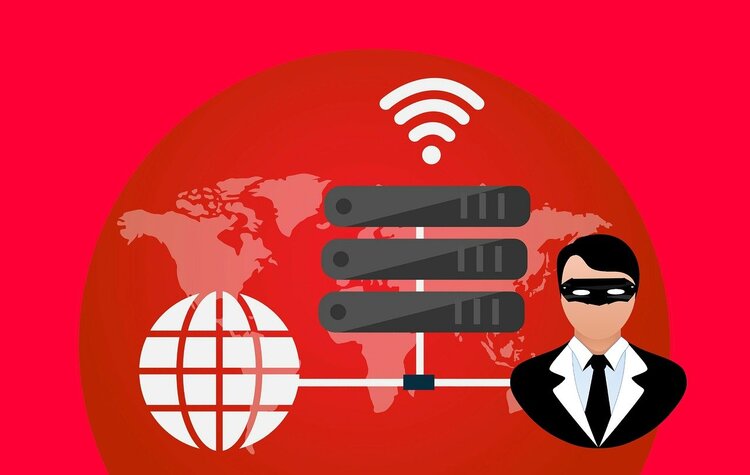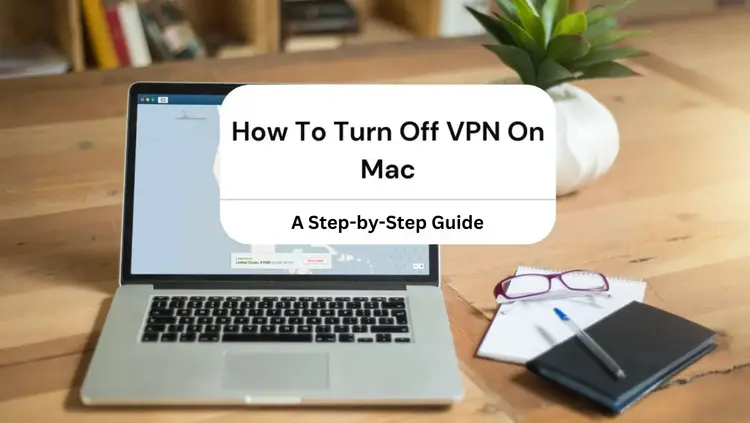How to Install a VPN on School Computer: A Comprehensive Guide
In an age where the digital realm plays a pivotal role in education, the need to access online resources seamlessly is undeniable. However, school networks often impose restrictions on websites and online services for various reasons, such as maintaining a focused learning environment. If you grapple with these restrictions, a virtual private network (VPN) can be your ally in unlocking unrestricted internet access. You can browse the internet privately and covertly by setting up a VPN on your school computer with the help of our comprehensive guide.
In this article your most asked Question of How to install a vpn on school computer will be cleared. So let’s go!
How to Install a VPN on School Computer?
Choose a Reliable VPN Service

Your journey to unblocking the digital barriers in your school begins with selecting a trustworthy VPN provider. In the realm of VPNs, names like ExpressVPN, CyberGhost, and NordVPN stand out as beacons of reliability. However, with variations in pricing and features, it’s vital to conduct thorough research to find the VPN that best suits your needs.
Create an Account

Before installing, you’ll need to create an account with your chosen VPN provider. Head to the provider’s official website and locate the “Sign Up” button, typically found in the top-right corner. You must enter your account now with your email address and a password. Once your account is set up, proceed to the next steps.
Download the VPN Client

With your VPN provider selected and an account created, it’s time to acquire the VPN client for your school computer. Most VPN providers offer clients compatible with various operating systems like Windows, Linux, and macOS. Visit your VPN provider’s official website, ensuring you’re on the correct site, and navigate to the “Download” section. Select the client version that matches your school computer’s operating system here. Be aware that you might require administrator privileges to install the VPN, a crucial aspect we’ll address in the next step.
Install the VPN Client
After successfully downloading the VPN client, locate the file (usually a .exe or .dmg file) and double-click it to initiate installation. Follow the on-screen instructions meticulously until the structure concludes. At this point, you may encounter a request for an administrator password, which is essential for the building. If you lack this password, contact your school’s IT department or consider using a portable VPN client that doesn’t require installation, such as one on a USB stick.
Configure the VPN Client
Once the VPN app is installed, double-click it and log in with the credentials you created during the account setup process (your email address and password). This step is vital, so if you skipped it, return to the official VPN website and create an account. After logging in, you’ll be prompted to select a server location and configure other settings, depending on the VPN client. Choosing a server geographically close to your site is advisable to ensure optimal internet speed and performance.
Connect to the VPN
With the server selected and settings configured, click the “Connect” button within the VPN app to establish a connection. This action will reroute your school computer’s internet traffic through the VPN server, safeguarding your online identity and ensuring a private and secure browsing experience. To verify the VPN connection’s effectiveness, visit a website and cross-check your device’s IP address. If it matches the one displayed in your VPN app, you’re good to go. If not, some troubleshooting may be required.
Disconnect and Uninstall (Optional)
When you no longer require the VPN’s services, it’s wise to disconnect to prevent unnecessary data usage and potential security risks, given that the VPN is linked to your email address. To disconnect, click the “Disconnect” button within the VPN app. If you wish to remove all traces of the VPN from your school computer, navigate to Control Panel/Settings, select “Apps”, locate the VPN client, and follow the provided uninstallation instructions. The process may vary depending on your school computer’s operating system. Still, it usually involves dragging the VPN app to the trash bin (macOS) or using the “Add or Remove Programs” feature (Windows).
Perks of How to Download a VPN on School Computer

Now that you’ve grasped the intricate steps involved in installing a VPN on your school computer, it’s essential to understand the myriad benefits of this powerful tool. Let’s delve into the perks of downloading a VPN on a school computer:
Bypassing Network Restrictions
One of the most significant advantages of using a VPN on your school computer is bypassing network restrictions. Educational institutions often impose strict filters and firewalls to control students’ access to specific websites and online services. By overcoming these limitations and accessing banned information with a VPN, you can freely interact with educational resources, research materials, and other pertinent websites.
Enhance and Security
Online privacy and security are paramount, especially in educational settings where students’ personal data and browsing activities should remain confidential. Your internet traffic can be routed through a VPN server to create a secure tunnel that encrypts your data and shields it from hackers and eavesdroppers. This added layer of security ensures that your sensitive information remains private and protected.
Access to Geo-Restricted Content
Sometimes, you may need to access online resources or geographically restricted websites. By connecting to a server in a different area, a VPN can assist you in getting around these restrictions. Consider the scenario where you need access to a research database only accessible to users in a particular nation. In that case, you can connect to a server in that country through your VPN.
Protection Against Cyber Threats
The internet is rife with cyber threats, including malware, phishing attempts, and malicious websites. When you download a VPN on your school computer, you fortify your defence against these threats. The VPN’s encryption and security protocols shield negative entities from infiltrating your device and compromising your online activities.
Anonymity and Untraceable Browsing
With a VPN in place, you can browse the internet anonymously. Your IP address is hidden, and the IP address of the VPN server is used to identify your online actions. This anonymity ensures that your online presence remains untraceable, granting you the freedom to explore the web without fear of surveillance or tracking.
Seamless Remote Access
A VPN offers a seamless solution for students accessing school resources or databases remotely. Connecting to your school’s network via a VPN allows you to access files, documents, and resources as if you were physically present on campus, enhancing your productivity and convenience.
Protection of Public Wi-Fi
In addition to school networks, a VPN provides invaluable protection when connecting to public Wi-Fi networks. Public Wi-Fi hotspots are often vulnerable to security breaches. Still, a VPN encrypts your data, safeguarding it from potential threats. You browse the internet concurrently in coffee shops, libraries, and other public places.
Also Check Out:
How is Tunneling Accomplished in a VPN?
Which Of The Following Statements Is True Regarding A VPN
Why Does My iPhone’s VPN Keep Turning On?
Bottom Line
In today’s digital age, where education is closely intertwined with the online world, knowing how to download a VPN on a school computer can be a game-changer. It emp
Owers students with the tools to bypass restrictions, enhance security, access geo-restricted content, and maintain anonymity online. However, it’s essential to use a VPN responsibly, respecting your school’s policies and understanding the potential consequences of your actions.
10 Useful and Unique FAQs
Can I use any VPN provider for my school computer?
While many VPN providers are available, choosing a reputable and reliable one is crucial. Providers like ExpressVPN, CyberGhost, and NordVPN are well-regarded options. However, always research and select a VPN that aligns with your specific needs and school’s policies.
Do I need an administrator password to install a VPN on my school computer?
You may need an administrator password to install a VPN on your school computer. If you don’t have this password, consider contacting your school’s IT department for assistance or exploring portable VPN options.
Does utilizing a VPN on a school computer come with any risks?
Using a VPN responsibly carries minimal risks. However, violating your school’s policies could result in disciplinary actions. Additionally, some websites and services may block VPN access.
Can I use a free VPN for my school computer?
Free VPNs are available but frequently have restrictions like slower speeds and fewer server locations. Paid VPNs generally offer better performance and more robust security features, making them a preferred choice for school computers.
Is my online activity completely private with a VPN?
A VPN increases online privacy by encrypting your data and concealing your IP address. To further secure yourself, you must use secure websites (HTTPS).
How do I know if my VPN is working correctly?
You can verify your VPN’s functionality by checking your device’s IP address. It works correctly if it matches the one displayed in your VPN app. If you need help, you may need to troubleshoot the connection.
Can I use a VPN to access streaming services on my school computer?
Using a VPN to access streaming services can be against their terms of service. Before attempting to use a VPN for streaming, it is crucial to understand the platform’s policies because some streaming services intentionally restrict VPN connections.
Does a VPN affect the internet speed on my school computer?
VPN performance can vary, but connecting to a server geographically close to your location can minimize any speed reduction. In some cases, VPNs can even improve speed by circumventing network congestion.
Can I use a VPN to download torrents on my school computer?
Using a VPN for torrenting can provide privacy. Still, it’s important to note that downloading copyrighted content without permission is illegal. Always adhere to legal and ethical guidelines.
Are there any disadvantages to using a VPN on a school computer?
While VPNs offer numerous benefits, potential disadvantages include subscription costs for premium services, the need for an administrator password, and occasional connectivity issues. Responsible use is essential to mitigate these drawbacks.

